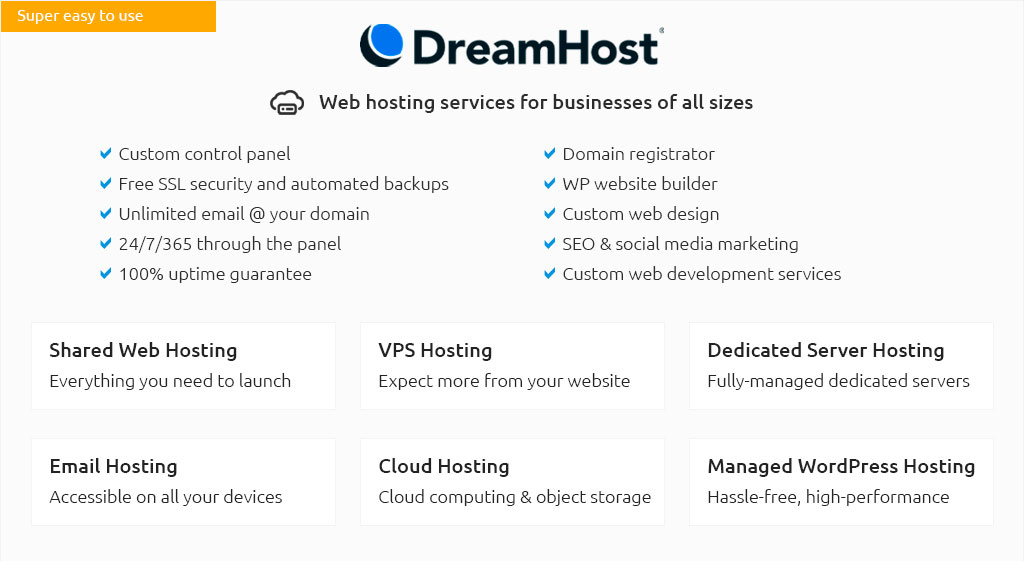 |
|||
 |
 |
 |
|
 |
|
 |
 |
 |
|||
 |
|||
 |
|||
 |
|||
 |
|||
 |
|||
 |
 |
The Intricacies of Shared Hosted Services: An In-Depth ExplorationIn today's digital landscape, the term 'shared hosted service' frequently arises, yet its nuanced workings can often remain elusive to the uninitiated. At its core, shared hosting is a popular web hosting solution where multiple websites reside on a single server, each sharing the server's resources such as CPU, RAM, and bandwidth. This setup offers a cost-effective alternative for individuals and small businesses looking to establish an online presence without incurring hefty expenses associated with dedicated servers. The appeal of shared hosting lies not only in its affordability but also in its simplicity; most hosting providers offer user-friendly interfaces that empower even those with limited technical expertise to manage their websites efficiently. The operational mechanics of shared hosting are akin to renting an apartment within a large complex. Just as tenants share amenities like the gym or pool, websites on a shared server utilize common resources. This analogy underscores a fundamental advantage: cost efficiency. By distributing the server's operational costs among multiple users, hosting providers can offer plans that are budget-friendly, making them particularly attractive for startups and small-scale ventures. However, just as shared living spaces have their challenges, shared hosting is not without its potential drawbacks. Performance issues can arise if one website experiences a surge in traffic, consuming more than its fair share of resources and potentially impacting the speed and availability of neighboring sites. Understanding the Environment To fully appreciate the workings of a shared hosted service, it's crucial to delve into its structural environment. Typically, shared servers are equipped with robust hardware and software designed to efficiently allocate resources among the hosted websites. Providers often employ sophisticated algorithms to ensure equitable distribution, thereby minimizing the risk of any single site monopolizing the server's capabilities. Furthermore, reputable hosting companies implement security measures such as firewalls and regular updates to safeguard their clients' data, although users are encouraged to maintain their own security protocols as well. Advantages and Considerations The advantages of shared hosting extend beyond mere cost savings. Most packages come bundled with a suite of tools that simplify website management, including one-click installations for popular content management systems like WordPress, email accounts, and basic analytics. This convenience is further augmented by the availability of customer support, which is often accessible 24/7, providing users with peace of mind and assistance whenever needed. Yet, it's important to recognize the limitations inherent in shared hosting. As websites grow and traffic increases, the finite resources of a shared server may become a bottleneck, leading some to consider upgrading to more robust solutions such as Virtual Private Servers (VPS) or dedicated hosting. Navigating the Selection Process When selecting a shared hosting provider, several factors merit consideration. The reliability and reputation of the host are paramount; downtime can adversely affect both user experience and search engine rankings. Prospective users should scrutinize the terms of service, paying particular attention to any limitations on bandwidth and storage. Additionally, the scalability of the hosting plan is a critical aspect, ensuring that as your website grows, your hosting solution can seamlessly accommodate increased demands.
Ultimately, shared hosting serves as an excellent starting point for many embarking on their online journey. Its blend of affordability, simplicity, and essential features caters well to the needs of individuals and small businesses alike. However, as your digital footprint expands, staying informed about the evolving landscape of web hosting will ensure that you continue to meet the demands of an ever-changing online environment. https://xmission.com/web_hosting
As your business needs evolve you can grow into other XMission hosting services, including cloud hosting, infrastructure-as-a-service, and colocation. https://www.namecheap.com/hosting/shared/
In a shared hosting environment, server resources are managed so websites can work efficiently with less downtime. Then as your business grows over time, you ... https://www.pcmag.com/picks/the-best-shared-web-hosting-services
We've selected 10 web hosting services for this list, all excellent. Read on to see our top picks, followed by the key factors to consider when shopping for ...
|